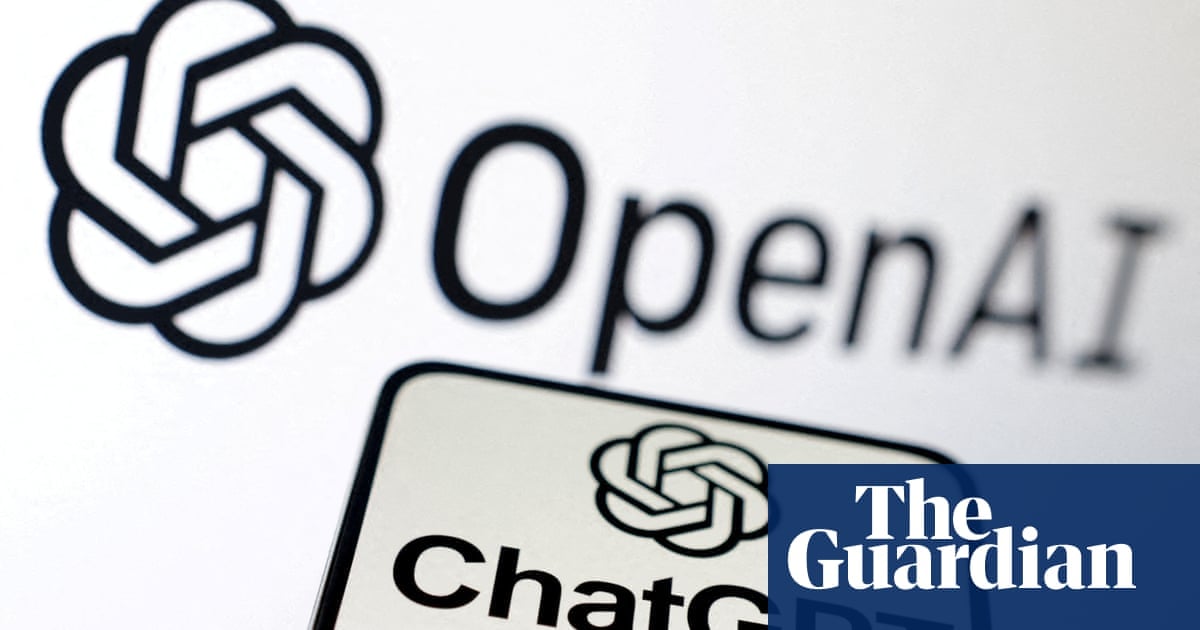- cross-posted to:
- technology@lemmit.online
- cross-posted to:
- technology@lemmit.online
‘Impossible’ to create AI tools like ChatGPT without copyrighted material, OpenAI says::Pressure grows on artificial intelligence firms over the content used to train their products



deleted
I feel like you latched on to one sentence in my post and didn’t engage with the rest of it at all.
That sentence, in your defense, was my most poorly articulated, but I feel like you responded devoid of any context.
Am I to take it, from your response, that you think that a fractal image that uses a copywritten image as a seed to it’s random number generator would be copyright infringement?
If so, how much do I, as the creator, have to “transform” that base binary string to make it “fair use” in your mind? Are random but flips sufficient?
If so, how is me doing that different than having the machine do that as a tool? If not, how is that different than me editing the bits using a graphical tool?
deleted
Fair on all counts. I guess my counter then would be, what is AI art other than running a bunch of pieces of other art through a computer system, then adding some “stuff you did” (to use your phrase) via a prompt, and then submitting the output as your own art.
That’s nearly identical to my fractal example, which I think you’re saying would actually be fair use?
deleted
Here is an alternative Piped link(s):
a relatively short (to me) video
Piped is a privacy-respecting open-source alternative frontend to YouTube.
I’m open-source; check me out at GitHub.